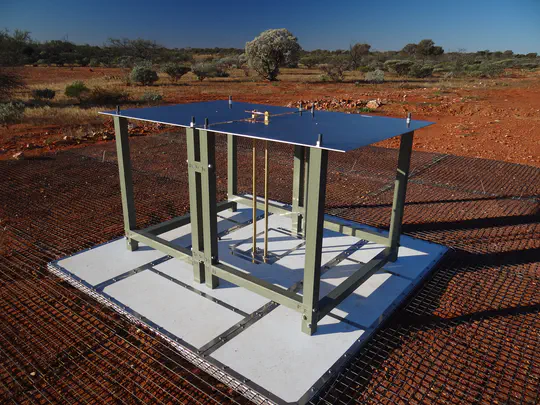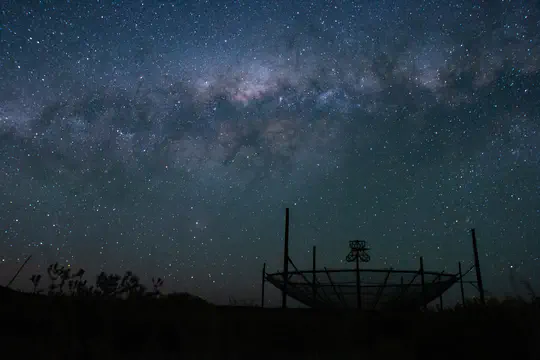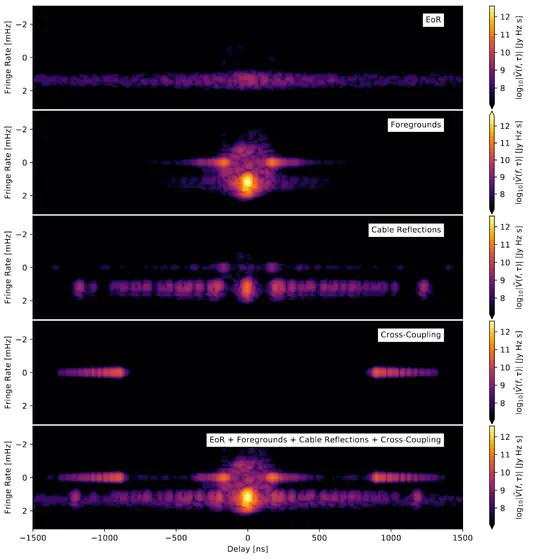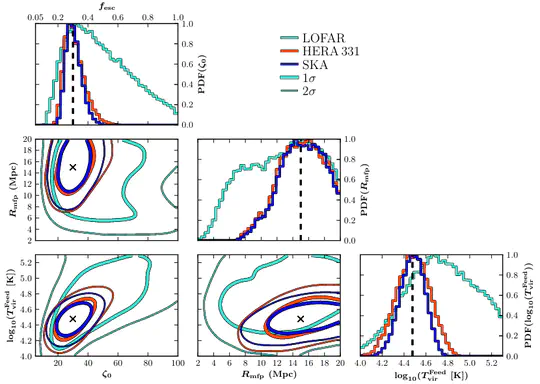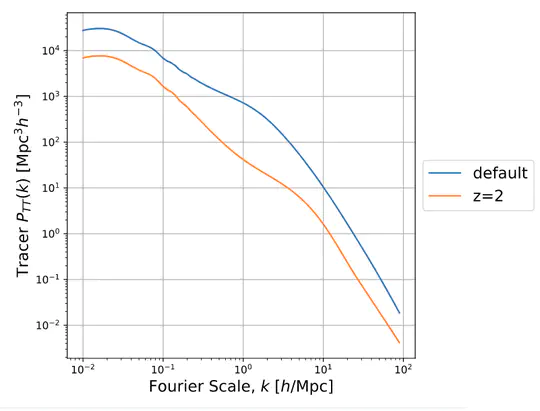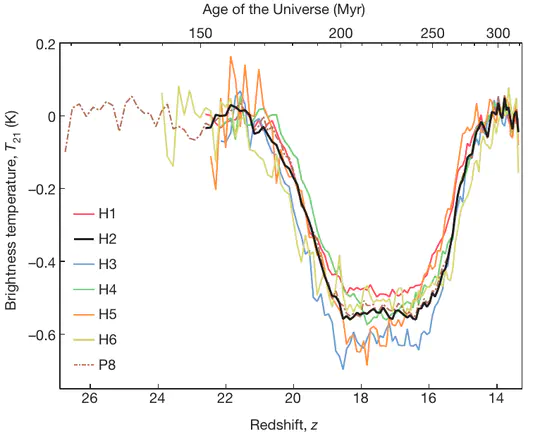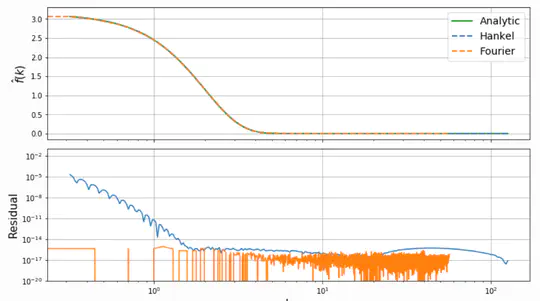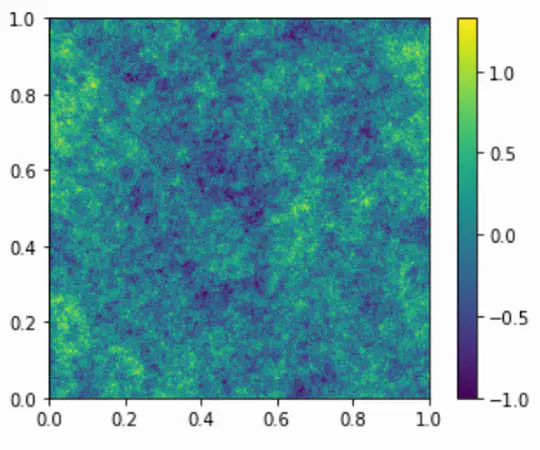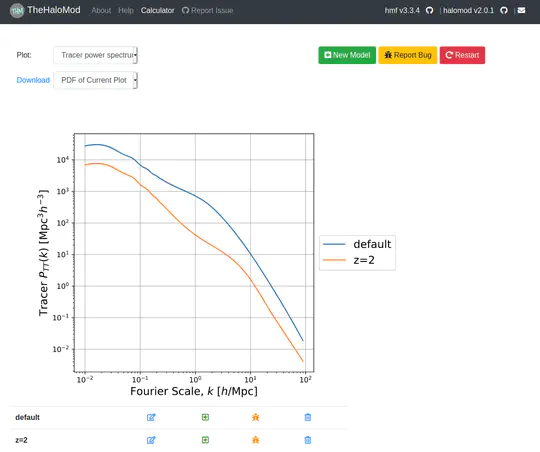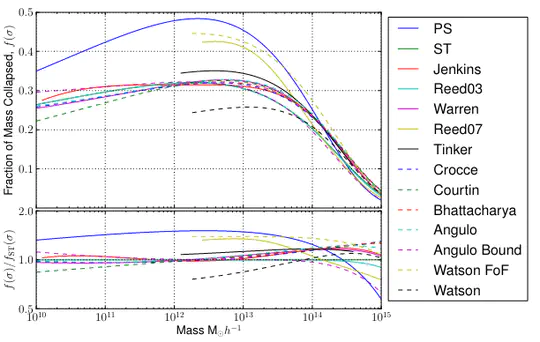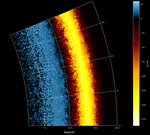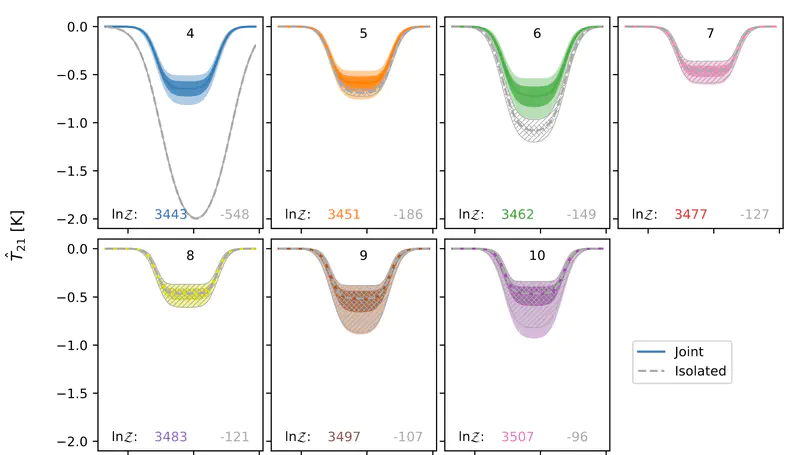Biography
I am a Marie Sklodowska-Curie (MSCA) Fellow at the Scuola Normale Superiore (SNS) in Pisa, Italy. My research interests are in 21cm cosmology, cosmological structure formation, Bayesian statistical analysis, and creating useful open-source software for scientific applications.
- 21cm Cosmology
- Bayesian methods
- Open-source scientific software and practices
PhD in Astrophysics, 2017
University of Western Australia
BSc (Honours) in Physics, 2011
University of Western Australia
BSc in Mathematics, 2009
University of Queensland
Experience
Projects
The Experiment to Detect the Global Eor Signal is a “global 21cm signal” experiment. It reported the first evidence of the very first stars in the Universe in 2018.
I develop EDGES’ analysis pipeline for everything from data formats to calibration to data reduction and interpretation. I am particularly interested in validating our pipeline with Bayesian statistical models.
The Hydrogen Epoch of Reionization Array is one of the largest radio interferometers in the world, and is looking to map the effects of the first stars, galaxies and black holes over the first billion years of the Universe.
I co-lead the Validation Team, developing increasingly realistic simulations of our observations at scale. I also lead the development of an interface to compute theoretical likelihoods on HERA data.
The SKA will be the largest radio telescope ever built, with a collecting area of over a square kilometre. It will be able to detect the faintest signals from the early Universe, and will be able to image the sky with unprecedented resolution.
I am a member of the EoR and Cosmic Dawn Science Working Group, contributing to the development of our tools and techniques, to be ready for the insane amount of data we’re going to get when SKA comes online.
21cmFAST is the premiere semi-numerical 21cm cosmological simulator. It is currently used by every 21cm cosmology experiment to derive predictions of the spatial distribution of 21cm brightness temperature, to compare to observations.
I am a core developer in this project. My role has been primarily to wrap the fast C-code of the original simulator into Python, so that it can be more widely and easily used. This also has the benefit of adding a number of tests so that future development is safer and so that the code can be trusted by its many users.
Codes
Browse the different codes I have created or am heavily involved in developing.
hera_sim is one of the primary codes I contribute to in the HERA software suite. It is geared at simulating HERA-specific instrumental effects (thermal noise, cross-coupling, cable reflections) and injecting them into simulated visibilities.
This code is central to validating HERA’s analysis pipeline (as discussed in the linked paper).
21cmMC uses 21cmFAST to compare observations with theory, and predict astrophysical and cosmological parameters. This is a beast of a process, since it must run thousands of cosmological simulations to generate the predictions. Thus, 21cmMC is highly parallelized with MPI and is geared to run on supercomputers.
21cmMC was originally written by Brad Greig. My primary role has been to integrate it with 21cmFAST v3+, and to improve the interface and extensibility.
I am the primary developer of a new software pipeline for EDGES data. This involves a stack of codes for data reading/writing, calibration, analysis and parameter estimation.
The software is developed by a small team, and I am overseeing the development, in order to transform the EDGES analysis pipeline into something that is highly transparent, reproducible and accurate.
The halo model is a super-convenient analytic tool to predict the spatial distribution of “things” in the Universe. It uses dark matter halos as the basic scaffolding, and then associates other things with the halos — eg. galaxies or diffuse gas. The predictions can be compared to observations of the spatial layout of galaxies, for example, to determine either cosmological parameters or properties of the galaxies themselves.
halomod provides an extremely simple – but quite comprehensive and easy to extend and manipulate – framework for computing quantities from the halo model. It builds on hmf (another of my codes) to do this.
A small Python code that implements a way to do a very specific integral transform — the Hankel transform.
This transform is particularly common in astrophysics and cosmology (for instance, it is required to transform a correlation function into a power spectrum and vice versa). It is also a bit of a tricky integral to do, because it is highly oscillatory. This code implements a neat idea (not mine!) that is able to accurately perform this integral with good computational performance (in most cases).
21cmFAST is the premiere semi-numerical 21cm cosmological simulator. It is currently used by every 21cm cosmology experiment to derive predictions of the spatial distribution of 21cm brightness temperature, to compare to observations.
I am a core developer in this project. My role has been primarily to wrap the fast C-code of the original simulator into Python, so that it can be more widely and easily used. This also has the benefit of adding a number of tests so that future development is safer and so that the code can be trusted by its many users.
matvis is a visibility simulator: it computes what an interferometer (like HERA)
would measure given a model of the sky. This process is incredibly computationally
demanding for telescopes like HERA that have several hundred antennas (and, more
importantly, several tens of thousands of pairs of antennas). matvis adopts a novel
matrix-based approach to the computation that gets significant acceleration from modern
GPUs. The original author of this code was Aaron Parsons. I have been the primary
maintainer and performance-enhancer in recent times.TheHaloMod is a web-application that uses my Python codes hmf and halomod to calculate halo model quantities, and serve up plots directly without ever having to install the codes, from the comfort of your web browser.
The purpose of TheHaloMod is to be useful both for researchers and also students approaching
research into large-scale structure. TheHaloMod was formerly known as HMFcalc,
and has been well-used since its creation in 2013. TheHaloMod adds extra goodies to
the original HMFcalc — namely, the ability to calculate correlation functions and
power spectra of galaxies.
From June 2021, TheHaloMod has become a shiny new single-page app, developed by a very talented group of Computer Science undergrads at ASU.
A python application that provides a flexible and simple way to calculate the Halo Mass Function for a range of varying parameters.
The Halo Mass Function is a critical quantity in determining properties of the large-scale structure of the Universe. It encodes the number of halos of a given mass in a given volume of the Universe, and can be predicted from some neat arguments given a cosmology that describes how the Universe is expanding. The predictions can be used to compare to observations of galaxy clusters to determine parameters of the large scale structure. The HMF is also a key ingredient in more complex predictions of the Universe, via the halo model.
Recent Publications
Contact
- murray.steveng-at-gmail.com
- Piazze Dei Cavalieri, 7, Pisa, PI 56124



